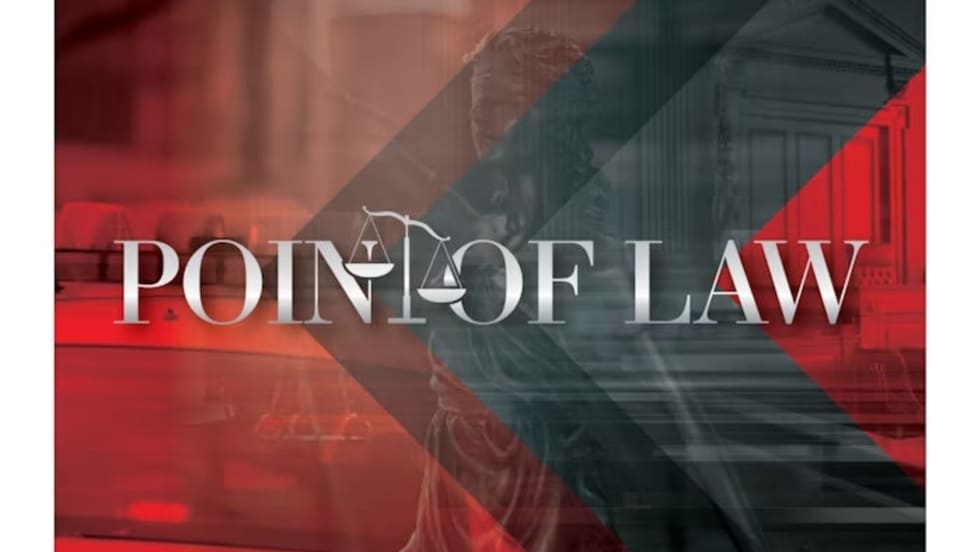Mabry (our suspect) and the third man stayed where they were on the sidewalk in front of a fence. Officer Volcin approached Mabry and Officer Tariq approached the third man. The man who had tried to walk away became irate as Officer Goss spoke with him, so Officer Tariq walked over to help and patted the man down.
Meanwhile, Officer Volcin stayed with Mabry and the third man. Officer Volcin asked the third man for permission to pat him down. Although the body-camera footage does not capture an audio response, it shows that Officer Volcin proceeded to pat the third man down with one hand while holding a flashlight in his other. Seeing this, Mabry raised his shirt and said, “I’ve got nothing on me,” and “you have no probable cause to search me.”
At that point Officer Volcin noticed Mabry was carrying a satchel secured by a strap across his body. According to Officer Goss, his team “ha[d] run into many individuals who are keeping firearms and narcotics… in satchels because they’re more concealable than carrying a backpack.” Officer Volcin asked Mabry what he had in the satchel. Mabry told Officer Volcin that he had nothing in his satchel. As Officer Volcin persisted to ask questions about the satchel, Mabry continued to tell him there was nothing in it. Near the end of the exchange Mabry appeared to remove some headphones from his jacket pocket and show them to Officer Volcin. Mabry then took off running.
Officers Volcin and Goss chased Mabry. As they were running, Mabry discarded the satchel, which Officer Goss recovered. Mabry eventually stopped running and Officer Volcin handcuffed him. Officer Goss handed the unopened satchel to Officer Volcin. Officers Goss and Volcin walked Mabry back toward the site of their initial encounter. As they did so, Officer Volcin opened the satchel and discovered a spring for a large-capacity magazine. While walking, Mabry made two unsolicited statements indicating he was in possession of a firearm. He later said the police were lucky he did not start shooting.
In response to questions about what he had in his pockets, Mabry said he had drugs. As officers were discussing the satchel, Mabry said it also contained drugs. The officers seized a handgun, ammunition, an extended magazine, crack cocaine, and amphetamines from Mabry and the satchel.






